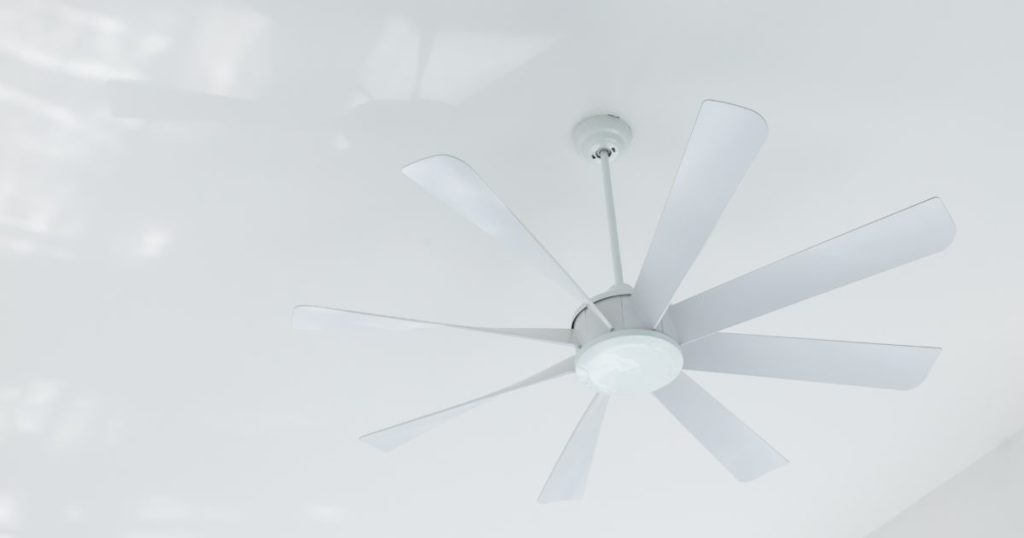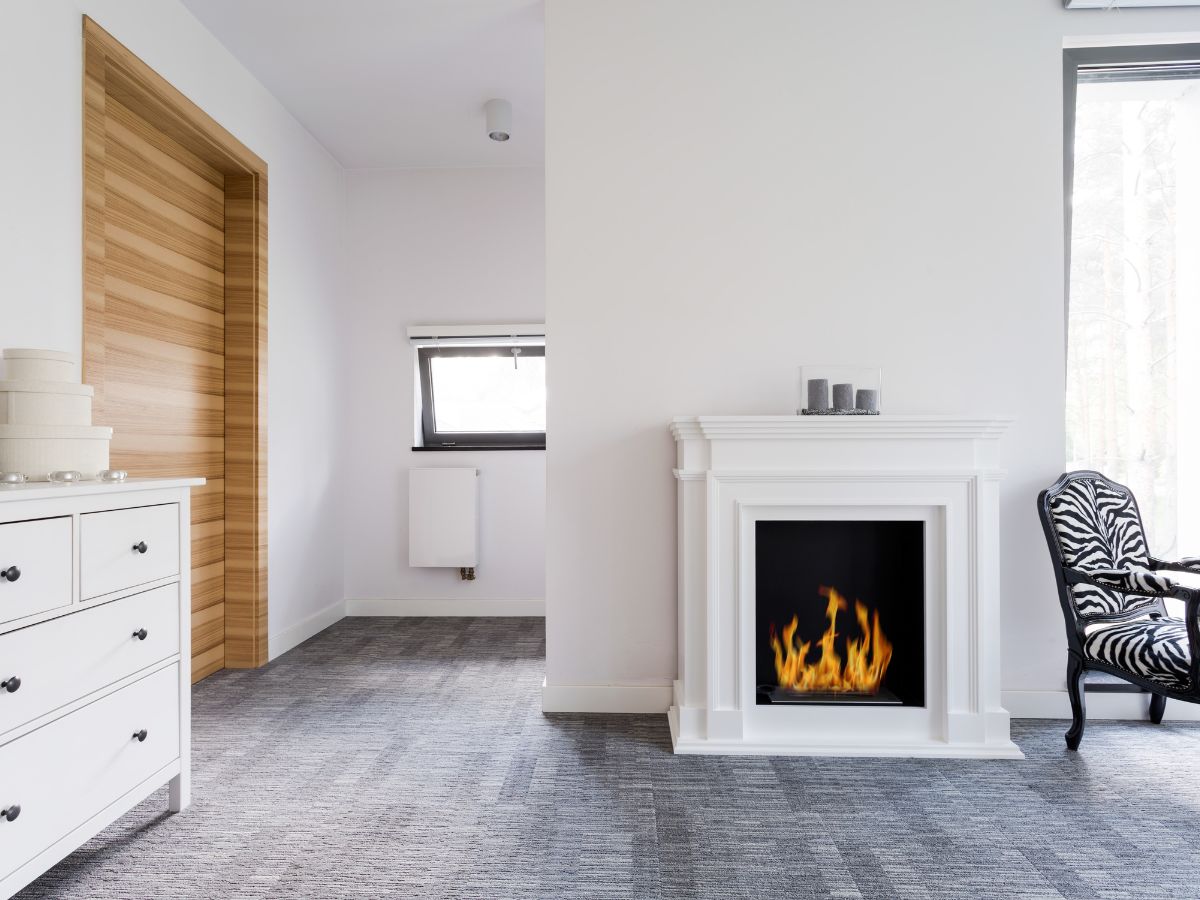The cold, rainy, and dark months of Melbourne’s winter are when we spend most of our time inside and inevitably turn up the heat. An average Australian household sees an extra $200 racked up to their quarterly energy bill because of heating. That’s an extra $200 that can be saved!
The good news is, while heaters can play a part, they’re not the only way you can beat the mighty cold!
According to the Australian Energy Council, using the heater is what shoots your energy bill up, and every degree over 20 adds 10 cents to your energy bill. While this may not seem a lot, the difference is definitely in your bill.
That’s why finding energy-saving ways to keep your home warm during winter is important. Luckily, there are many ways to improve your home’s warmth during winter.
How To Make Your Home Warmer for The Cold Days
Here are 9 tips – including some simple changes – that can make a huge difference!
1. Ensure Any Cracks and Gaps Are Covered
In an average Victorian home, all the cracks and gaps added up are equal to having a 1-metre by a 1.5-metre window open all the time. This counts for around 15% to 25% of heat loss in your home.
Seal up these cracks and gaps with weather stripping around all doors and windows, put a door snake (not a real snake!) at the bottom of the door, and fill in the cracks in the walls with a gap filler. These items are found at the local hardware store and wouldn’t be very costly.
Remember, gaps are not only in your floorboards, windows, walls, or doors! Experts also advise ensuring that your outlets, plumbing fixtures, vents, and HVAC registers are all properly caulked.
The good news is that sealing and patching cracks are a simple fix and one of our most popular domestic handyman services during winter!
2. Put Your Ceiling Fan On (Yes, they can help in winter)
Like the AC, your ceiling fan can also help with the cold months. Most ceiling fans have a reverse switch that changes the direction of the spinning blades. Usually, this is known as “winter mode” and can push down the warm air from your heating system and push it throughout the whole room.

3. Double Glazing Windows
Double glazing, or insulated glazing (IG), is two pieces of glass that are fitted into an aluminium frame with a sealed air space between the two sheets of glass. The space between the glasses acts as a thermal barrier, insulating the house.
The unique design of double-glazed windows and doors helps retain heat and resist cold up to four times more effectively than normal windows and doors. Consider doing this in the bedrooms and living room for the best heating results.
Double-glazing is expensive, but it can help with saving 40 cents on energy because it does not allow draughts in. It’s definitely worth it in the long run!
4. Make Sure Your Insulation is Tip-Top
Having proper insulation in your home helps you retain almost 45% more heating, which keeps your house warm and saves you money. For extra comfort, install insulation under the floors and in your ceiling. Insulation also helps with sound reduction, so you can listen to the rain during winter!
5. Add Rugs to Your Living Space
Keeping your toes toasty warm in winter means more than wearing warm, fluffy bedroom slippers. A couple of rugs on the hard-surface floors can help too. Not only will they keep your feet warm, but they also keep the heat in the house by covering gaps and reducing draughts between the floorboards.
Thick rugs give you better insulation than thinner rugs, as there’s more space between your feet and the cold floor. Remember that the rug’s material also matters, as it should have enough air pockets between the fibres to give the best insulating effect.
6. Hang Thermal or Heavy Curtains
Thermal curtains are a great solution to keep the cold wind out of your home during winter. They help trap the cold air behind multiple layers of fabric and do not allow it to move around the room.
Heavier, darker drapes can also help insulate your home, keeping the warmth and drafty air out.
It would be best if you opened your curtains during the day to let the sunlight in, so it can increase the temperature in the house. And don’t forget to close those curtains when the sun goes down to keep the warmth in! Experts say that doing this can reduce heat loss by up to 10%.
7. Reverse Cycle Air Conditioning
Having a reverse cycle AC that gives you both heat and cool air is a handy thing to have and fits for both summer and winter. The good news is that they are far more efficient than portable heaters. If you can manage it, the installation of a ducted air conditioner will make your place incredibly pleasant – both in summer and winter!
Reports show that having a reverse-cycle AC only costs about 85 cents to have on per day, while a portable electric heater can cost $2.32 a day, and a gas heater can go up $2.76 a day. Using a heater can add up to $155 extra to your energy bill for the whole winter while using a reverse cycle AC only adds up to $50 extra.
When winter starts, make sure to clean the filters in the AC so you get optimal heating from them. During peak periods of using the system, check and clean the filters every month, and replace them as necessary.
8. Plug Up Your Fireplace
If you have a loose fireplace, about 20% of heat can be lost up via the chimney. Look around in the hardware store for something called a fireplace plug, which seals the flue in the fireplace when not in use.

9. Move Your Furniture
Moving your furniture helps with keeping the warmth in your home. You should put your couches and chairs near the internal walls, because external walls tend to get cold during winter (a sign your insulation is working!). If possible, put your couches and chairs in a place where they would get lots of sunlight.
Living in Melbourne probably means you have ducted heating and cooling, so make sure your furniture does not block any of the floor ducts. While it is tempting, don’t put them right next to the ducts either, because the warm air will not be able to spread to the rest of the house.
Final Thoughts on Keeping Your Melbourne House Warm
If your home’s ceilings, walls, and floors don’t feel ‘dry’ to the touch and warm, it’s a clear sign of the poor thermal performance of your house. While an efficient heating system plays an important role, there are other simple and effective ways to improve your comfort during winter. If you need some help to get your house draft-free, get in touch with us.

